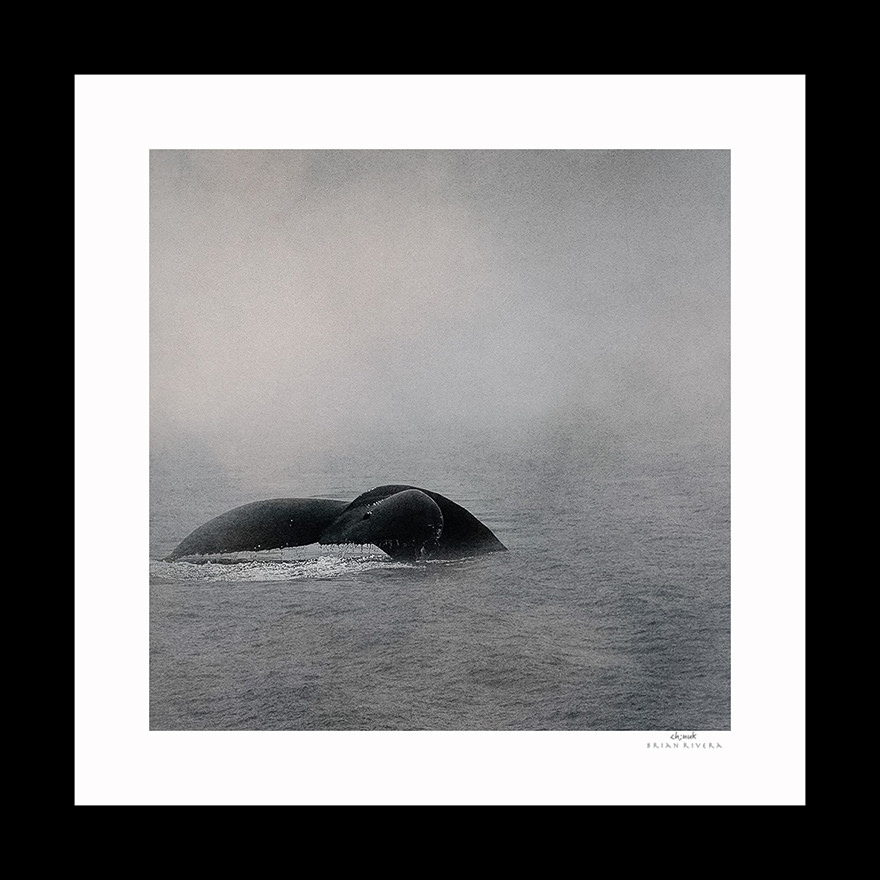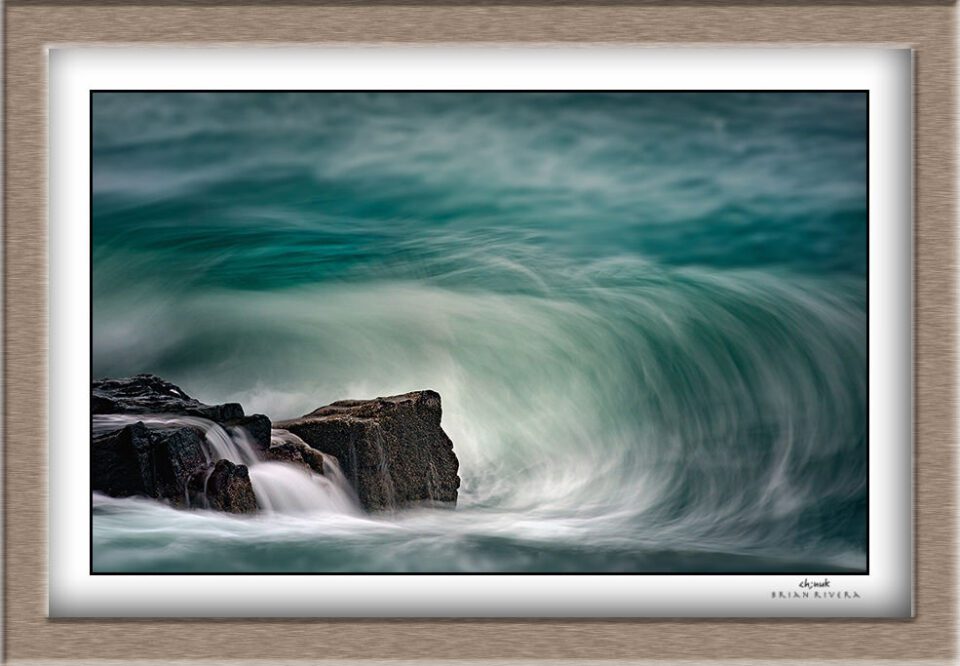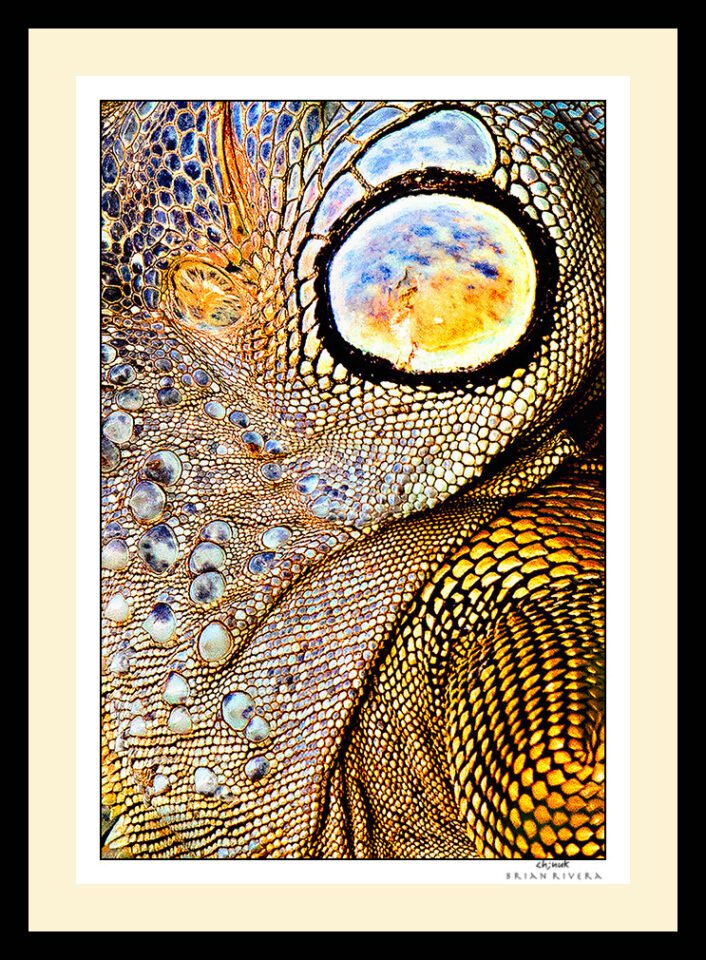People frequently ask me what exactly is fine art photography? Before I answer, I usually take a big breath and brace myself to answer the question in the time it takes to ride a few floors in an elevator as they usually expect a quick answer. And, despite my apprehension to answering their question, I have come to realize that most good answers are the ones that are simple and direct. Hence, I begin by clarifying that fine art photography does indeed have objective criteria despite falling in the subjective and vast realm of art.

Humpback – composed in San Juan Islands, WA
NIKON D810 + 70-200mm f/2.8 @ 200mm, ISO 200, 1/2000, f/5.0
The principal and underlying criteria that distinguishes fine art photography from other fields in photography is that fine art photography is not about digitally recording a subject. Using a camera to document what exactly appears in front of the photographer usually falls in the category of photo-journalism and is frequently found in publications that feature purist images taken with a camera to record the scene as it exactly existed at a precise moment in time.

Bold Coast – near Bar Harbor, ME (Honorable Mention, 2016 International Photography Awards)
NIKON D810 + 70-200mm f/2.8 @ 200mm, ISO 31, 1/1, f/16.0
Fine art photography, on the other hand, is first and foremost about the artist. It is not about capturing what the camera sees; it is about capturing what the artist sees. In fine art photography, therefore, the artist uses the camera as one more tool to create a work of art. The camera is used to make an art piece that reveals the vision of the artist and makes a statement of that vision rather than documenting the subject before the lens.
For example, Georgia O’Keeffe’s famous desert paintings are an expression of her vision of the New Mexico landscape; on the other hand, if a dozen photographers with tripods set their settings to the required exposure after light-metering and took an image of the landscape next to Mrs. O’Keeffe’s easel, the results would be images that would have recorded the scene but not have presented the artistic statement required of a fine art photograph. Hence, a fine art photograph must contain elements of control similar to the controls Mrs. O’Keeffe and all artists use in making an art piece. Ansel Adams’ expressed it best in the quote below:
Art implies control of reality, for reality itself possesses no sense of the aesthetic. Photography becomes art when certain controls are applied.
So, a fine art photograph must go beyond the literal representation of a scene or subject. It must deeply express the feelings and vision of the photographer and clearly reveal that it was created by an artist and not by just the camera. It must be clear that it involved an original, deliberate creation and that every aspect of making the photograph in the field and in the photographer’s post-processing digital studio, including the printing, are an individual expression from within the artist. The fine art photographs you see in the article are examples of the works I have recently completed. Please enjoy and share your thoughts, or perhaps examples of your work, in the comments section below.

Iguana Skin in Breeding Colors – (Winner of Art Wolfe, Inc.’s Photography as Art Contest)
NIKON D810 + 200-500mm f/5.6 @ 390mm, ISO 250, 1/1250, f/5.6
This guest post was submitted by Brian Rivera Uncapher. For more on Brian, visit his website or check out his Instagram feed.
The post What is Fine Art Photography? appeared first on Photography Life.
from Photography Life https://photographylife.com/what-is-fine-art-photography

No comments:
Post a Comment